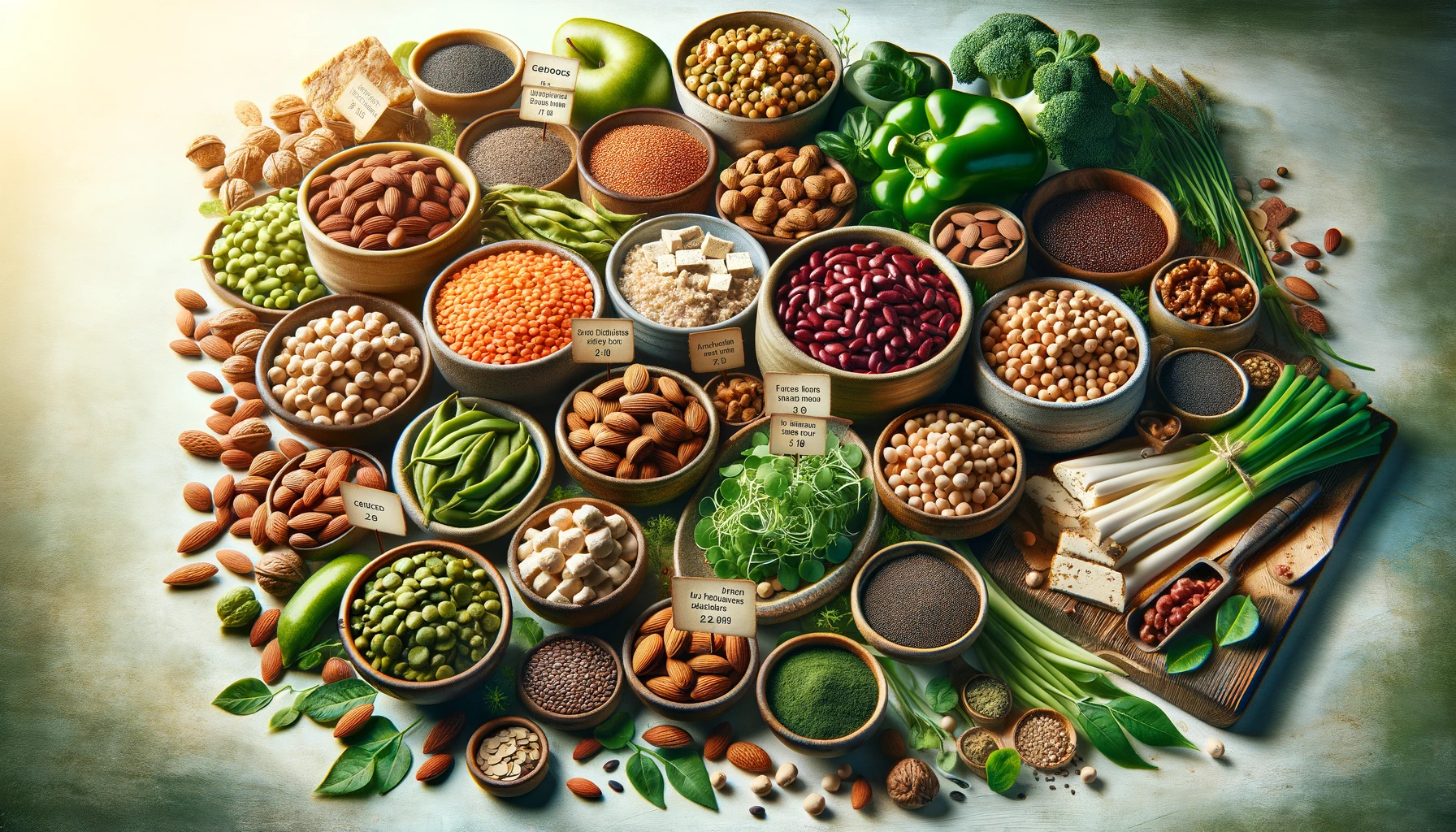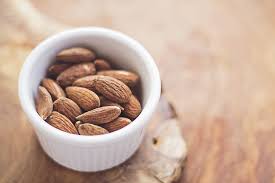
Briefly introduce the growing interest in plant-based diets and the importance of protein in a balanced diet.

Highlight the misconceptions around plant-based protein and showcase its nutritional benefits.
Legumes – Protein Powerhouses:
- Explore various legumes and their protein content.
- Provide cooking tips and recipe ideas incorporating lentils, chickpeas, black beans, kidney beans, and peas.
- Discuss the fiber and micronutrient content in legumes.
Tofu and Tempeh – Versatile Soy Delights:
- Explain the difference between tofu and tempeh.
- Showcase their protein density and versatility in different cuisines.
- Include cooking tips and popular recipes featuring tofu and tempeh.
Quinoa – The Complete Protein Grain:
- Highlight quinoa as a complete protein source.
- Discuss its nutritional profile, including essential amino acids.
- Offer cooking ideas and recipes incorporating quinoa.
Nuts and Seeds – Portable Protein Snacks:
- Explore the protein content in various nuts and seeds.
- Emphasize the healthy fats and other nutrients present.
- Provide snacking ideas and recipes that include almonds, walnuts, chia seeds, flaxseeds, sunflower seeds, and pumpkin seeds.
Whole Grains – Building Blocks of Protein:
- Discuss the protein content in whole grains like brown rice, barley, oats, bulgur, and whole wheat.
- Address their fiber and complex carbohydrate content.
- Offer tips on incorporating whole grains into meals.
Seitan – The Protein-Packed Meat Substitute:
- Explain what seitan is and how it’s made.
- Highlight its high protein content.
- Suggest recipes and cooking techniques for preparing seitan.
Green Vegetables – Protein from the Garden:
- Identify green vegetables with notable protein content, such as spinach, broccoli, Brussels sprouts, and peas.
- Discuss the additional nutritional benefits of these vegetables.
Plant-Based Protein Powders – Supplements for Success:
- Introduce plant-based protein powders made from pea protein, rice protein, hemp protein, or blends.
- Discuss their use in smoothies, shakes, and cooking.
- Address considerations for choosing and using protein powders.
Plant-Based Dairy Alternatives – More Than Just Milk:
- Explore protein-fortified plant-based milk alternatives like almond milk, soy milk, and oat milk.
- Discuss their versatility in recipes and daily use.
comment for more information. share with friends
Natural supplements that will make humans strong.


